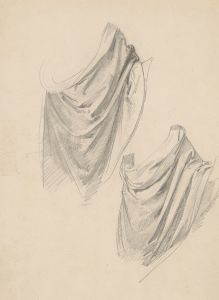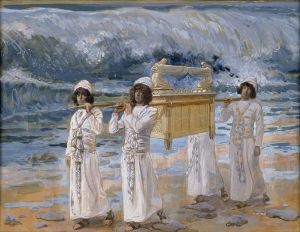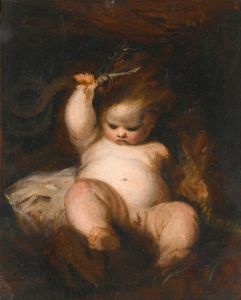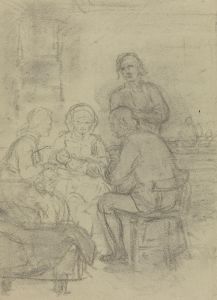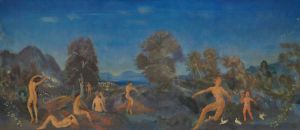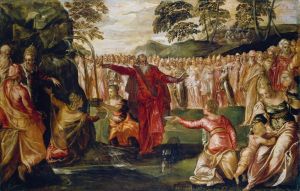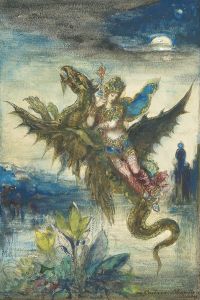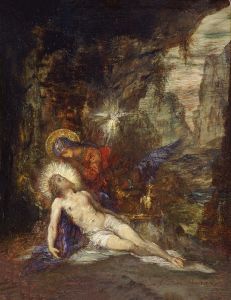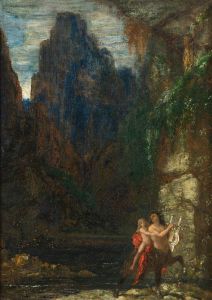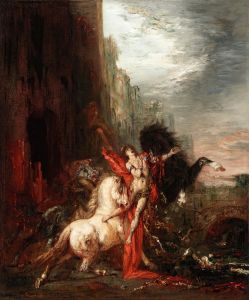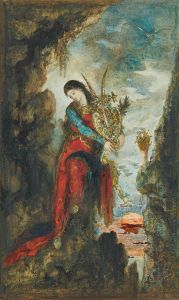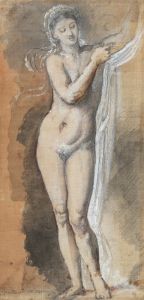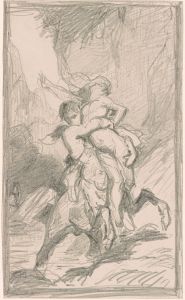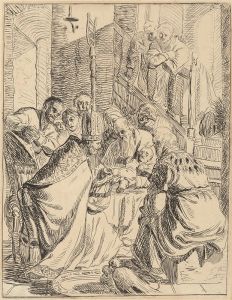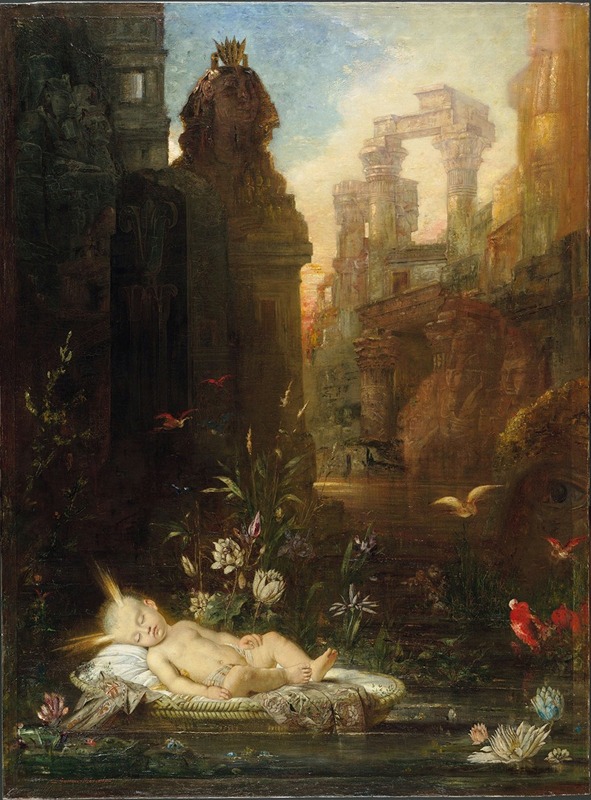
The Infant Moses
A hand-painted replica of Gustave Moreau’s masterpiece The Infant Moses, meticulously crafted by professional artists to capture the true essence of the original. Each piece is created with museum-quality canvas and rare mineral pigments, carefully painted by experienced artists with delicate brushstrokes and rich, layered colors to perfectly recreate the texture of the original artwork. Unlike machine-printed reproductions, this hand-painted version brings the painting to life, infused with the artist’s emotions and skill in every stroke. Whether for personal collection or home decoration, it instantly elevates the artistic atmosphere of any space.
Gustave Moreau, a prominent French Symbolist painter, is known for his intricate and imaginative works that often draw on mythological and biblical themes. One of his lesser-known paintings, "The Infant Moses," exemplifies his fascination with religious narratives and his unique artistic style.
"The Infant Moses" depicts the biblical story of Moses as an infant, a narrative found in the Book of Exodus in the Hebrew Bible. According to the story, Moses was born at a time when the Pharaoh of Egypt had ordered all newborn Hebrew boys to be killed. To save him, Moses' mother placed him in a basket and set him afloat on the Nile River. He was eventually discovered by the Pharaoh's daughter, who adopted him as her own.
In Moreau's interpretation of this story, the painting captures the moment of Moses being found. Moreau's style is characterized by a rich use of color and intricate detail, and "The Infant Moses" is no exception. The painting likely features lush, exotic landscapes typical of Moreau's work, which often includes a dreamlike quality and a sense of otherworldliness. His use of symbolism and allegory is evident, as he frequently imbued his works with deeper meanings beyond the literal depiction.
Moreau's approach to biblical subjects was not to provide a straightforward illustration but to evoke the mystical and spiritual dimensions of the stories. His paintings often reflect a blend of influences, including Renaissance art, Romanticism, and Eastern art, which contribute to their unique aesthetic. This synthesis of styles is apparent in "The Infant Moses," where the composition and use of color might suggest a transcendence of time and place, inviting viewers to contemplate the spiritual significance of the scene.
While specific details about "The Infant Moses" are not extensively documented, Moreau's broader body of work provides context for understanding his artistic intentions. Moreau was known for his meticulous technique and his ability to convey complex narratives through a single image. His paintings often feature elaborate costumes, architectural elements, and a rich tapestry of colors, all of which serve to enhance the narrative and symbolic content.
Moreau's influence on later artists, particularly the Symbolists and Surrealists, underscores the importance of his work in the history of art. His ability to merge the real with the fantastical, and the sacred with the profane, has left a lasting impact on the art world. "The Infant Moses," like many of his works, invites viewers to explore the intersection of myth, religion, and imagination.
In summary, "The Infant Moses" by Gustave Moreau is a testament to the artist's skill in blending narrative depth with visual complexity. Although specific details about this painting are limited, it remains an example of Moreau's broader artistic vision, characterized by its symbolic richness and evocative power.





